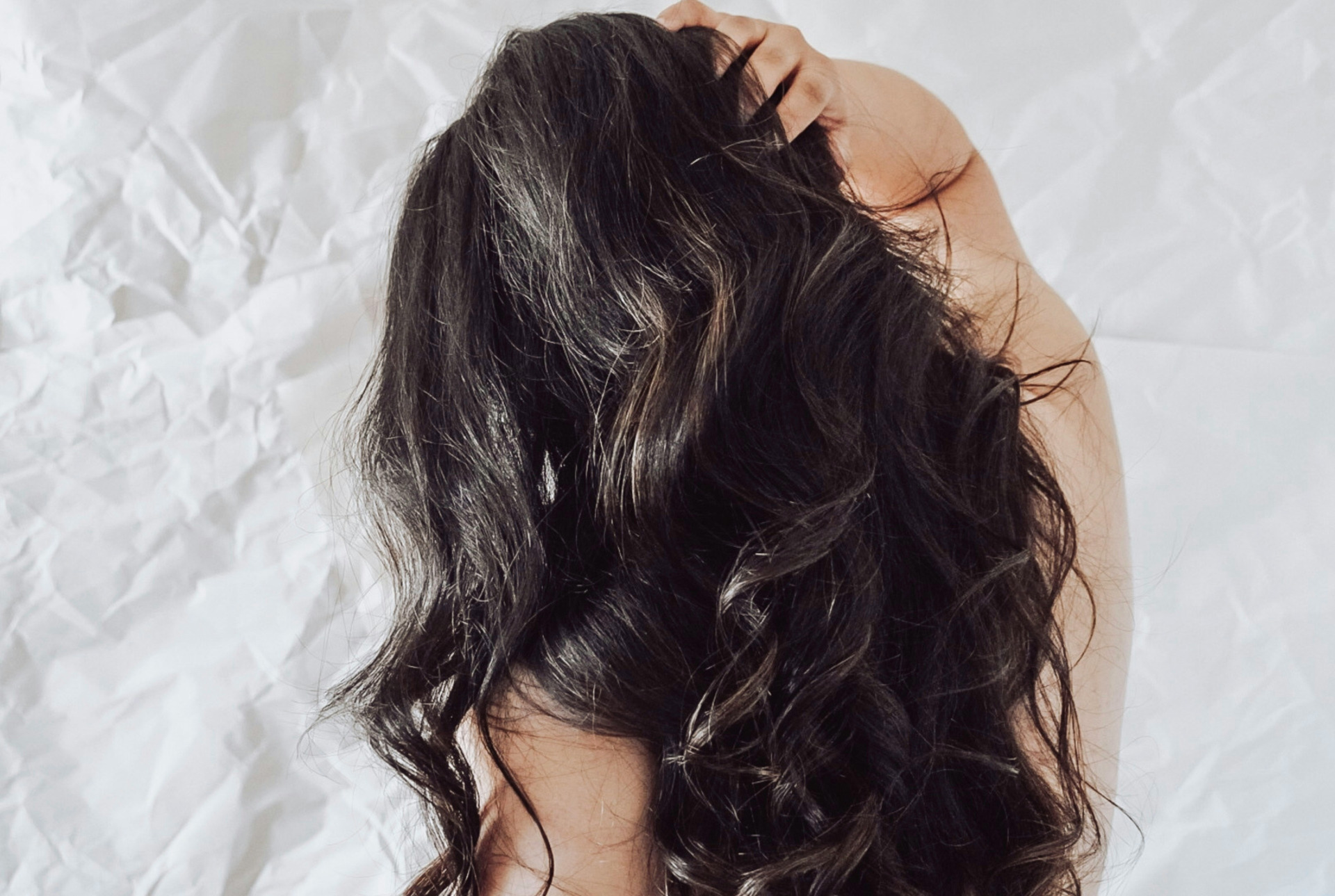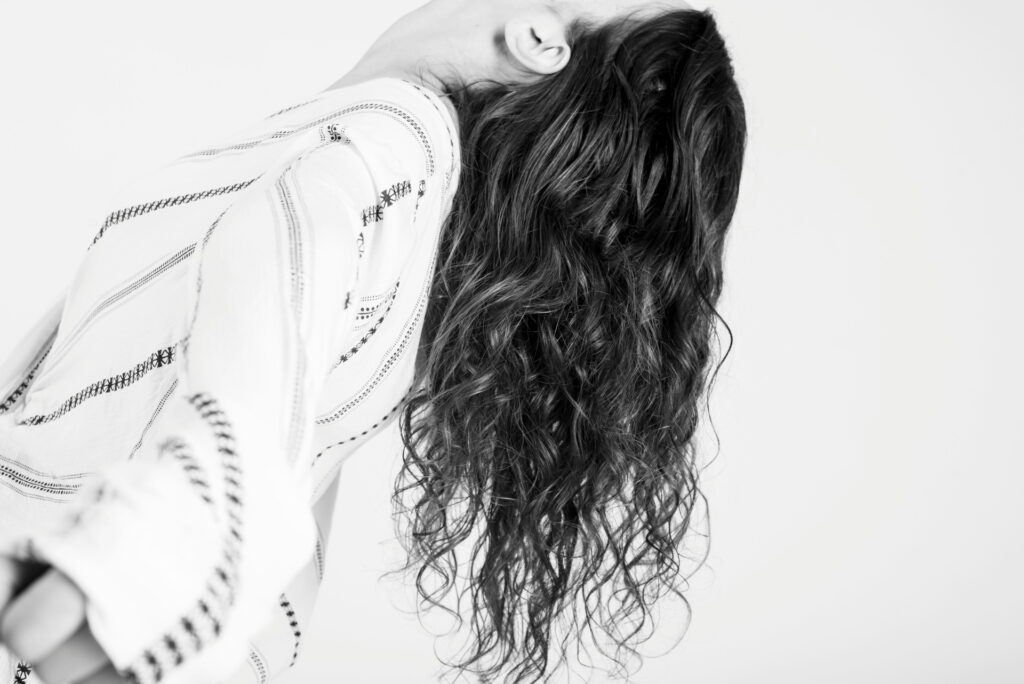
Body + Mind is reader-supported. We may earn an affiliate commission when you buy through some of the links on our site.
Greasy hair can feel frustrating, especially when it seems like no matter how often you wash it, the shine comes back within hours. If you’ve ever found yourself tying your hair into a bun or reaching for dry shampoo midday, you’re not alone. Many people struggle with excess oil production, but the good news is that there are simple, effective strategies that can help restore balance.
Whether you’re managing oily roots, fine strands that flatten quickly or scalp buildup, these tips will give you actionable solutions that actually work.
Before discussing remedies, it’s helpful to understand why your hair might be oily. Your scalp naturally produces sebum, an oil that protects and nourishes the hair and skin. When sebum production becomes excessive or isn’t distributed evenly, hair looks greasy, limp and less fresh.

Common triggers include:
Knowing what contributes to your greasy hair is the first step toward managing it effectively.
Getting rid of greasy hair requires a mix of short-term fixes and long-term strategies. Here’s how.
Washing your hair too often can make the problem worse. If you shampoo daily, try reducing it to every three days. Use a gentle, sulfate-free shampoo designed for oily scalps. Look for ingredients like tea tree oil to balance sebum, salicylic acid, to exfoliate buildup, and aloe vera to soothe without heaviness.
Conditioner is essential for hydration, but applying it incorrectly can lead to greasy roots. Always:
Dry shampoo is a lifesaver for greasy hair, but it works best as a preventive measure. Instead of waiting until your hair looks oily, apply it the night before. This allows it to absorb excess sebum as it forms, leaving your hair fresher in the morning.
When choosing a dry shampoo, go for powder-based formulas for a more natural feel. Massage it into your scalp for even distribution, then brush through to avoid residue buildup.

Brushing stimulates oil glands, moving sebum from your scalp down the hair shaft. While you want some oil distributed, too much brushing can make hair greasy faster. If you’re wondering how to get rid of greasy hair but still keep your hair tidy, brush gently once or twice a day with a wide-toothed comb.
Avoid constant touch-ups or running your hands through your hair.
Heavy mousses, serums or oils can quickly make hair appear dirty. If you love styling, stick to lightweight sprays or foams and avoid applying product at the roots. Opt for water-based styling products rather than oil-heavy formulations.
Certain styles are more forgiving on oily hair days. For example:
These not only camouflage greasiness but also help you stretch out wash days.

Apple cider vinegar (ACV) acts as a natural clarifier, helping to dissolve product residue and balance scalp pH. To try it:
Use once a week for best results.
Just as you exfoliate your skin, your scalp benefits from occasional exfoliation too. A scalp scrub removes dead skin, excess oil and product buildup. You can buy a ready-made scrub or make your own using sugar and a few drops of tea tree oil mixed with shampoo.
Your wellness routine plays a big role in how to get rid of greasy hair. A diet high in processed sugars and refined carbs may increase oil production. Instead, focus on:
These foods nourish your scalp from the inside out.
Too much stress can disrupt hormonal balance, leading to overactive oil glands. Incorporating relaxation techniques such as yoga, meditation or mindful breathing can help calm your nervous system — and your scalp.

Blow-drying and flat-ironing at high heat can trigger your scalp to produce more oil. If you must use heat, keep tools on the lowest setting and avoid applying heat directly to the roots. You could also try using a lightweight heat protectant spray.
In addition to ACV, you can try other natural remedies such as a green tea rinse, lemon juice mixed with water, or witch hazel applied with a cotton pad to oily roots.
When learning how to get rid of greasy hair, consistency is key. Here’s a sample routine to help keep oil in check:
Adjust the timing based on your hair type and lifestyle.
Greasy hair doesn’t have to dictate your style. By adjusting your washing habits, choosing the right products, and supporting your overall wellness, you can break the cycle of oil roots and enjoy hair that feels fresh and balanced.
Your email address will only be used to send you our newsletter, and at any time you may unsubscribe. For more information, see our Privacy Policy.